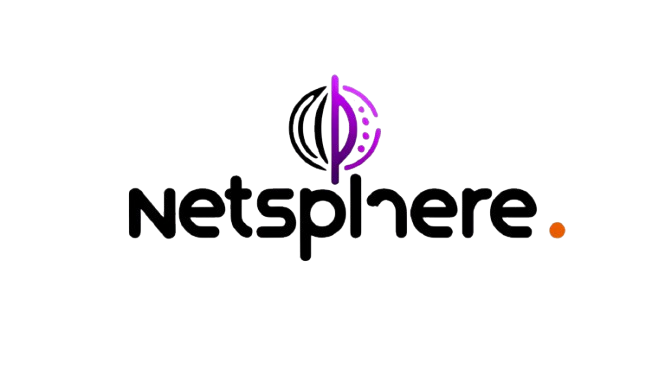Starting a blog may seem overwhelming, but with the right tools and a well-structured plan, it becomes much simpler. A blog can be a personal project, a showcase for your business, or even your main source of income. The key is knowing exactly what needs to be done from the very beginning.
Creating a blog from scratch requires attention to several areas: planning, platform selection, visual identity, content creation, SEO, and promotion. This checklist was made to guide you through every essential step, helping you avoid common mistakes and grow faster.
Choose the right niche
It all begins with your blog’s topic. Choosing a niche with strong search potential and something you’re passionate about or experienced in is essential. Popular evergreen niches include personal finance, health and wellness, self-development, technology, beauty, parenting, digital marketing, and lifestyle. Use tools like Google Trends or Ubersuggest to validate audience interest.
Pick your blog name and domain
Your blog name should be short, memorable, and easy to spell. Avoid complicated names with numbers or hyphens. Once you choose one, check domain availability (e.g., yourname.com). Platforms like Namecheap or GoDaddy let you do this quickly. Having a custom domain boosts your blog’s authority and helps it rank better on Google.
Choose the best platform
Your platform determines your blog’s flexibility and scalability. WordPress.org is the top recommendation for those who want to build a professional blog. It offers complete freedom, powerful plugins, and better SEO optimization. Other options like Wix or Blogger are easier for beginners but have long-term limitations.
Get reliable hosting
If you’re using WordPress.org, you’ll need reliable hosting. Look for providers that offer fast support, good uptime, and security. Recommended options include Hostinger, HostGator, and SiteGround. Many of them offer free domains for the first year and one-click WordPress installation.
Install a lightweight, responsive theme
First impressions matter. Use a responsive theme that looks great on mobile and loads quickly. Free SEO-friendly themes like Astra, Neve, and Kadence are great choices. If you can invest, premium themes like GeneratePress Pro or Divi provide even more customization and performance.
Set up your essential pages
Before publishing posts, set up foundational pages that give your blog credibility. These include:
- About: Tell your story and explain the purpose of the blog.
- Contact: Include a form or email so visitors can reach out.
- Privacy Policy and Terms of Use: These are essential, especially if you’re using cookies, forms, or planning to monetize.
Plan your initial content
Instead of writing randomly, think strategically. What are the key questions your target audience has? What topics are fundamental in your niche? Make a list of 10 strong blog post ideas that address real user needs. Tools like Answer the Public or Google Autocomplete are great for finding relevant search queries.
Optimize your posts for SEO
SEO (Search Engine Optimization) helps your blog get found on Google. Each post should include:
- A keyword-rich title
- A short, friendly URL
- Well-structured headings (H2, H3)
- A compelling meta description
- Naturally placed keywords
- Images with alt text
Plugins like Rank Math or Yoast SEO make this process easier by giving real-time feedback on your content’s optimization.
Create a consistent posting schedule
You don’t need to publish every day, but consistency is key. Start with one or two posts per week and increase as your routine allows. An editorial calendar helps maintain focus and build a loyal audience.
Set up Google Search Console
Once your blog has a few pages live, register it with Google Search Console. This lets Google discover and index your site, and gives you reports on search performance, traffic, and click-through rates. Also, submit your sitemap, which your SEO plugin can generate automatically.
Integrate social media
Sharing your posts on social media expands your reach and brings in new readers. Create dedicated blog profiles on platforms like Instagram, Pinterest, or TikTok, depending on your target audience. Use Canva to design attractive visuals and scheduling tools like Buffer or Metrical to keep a steady posting flow.
Set up an email opt-in form
Building an email list from the start is one of your blog’s most valuable assets. Offer a freebie (like an ebook, checklist, or mini-course) in exchange for your visitor’s email. Tools like MailerLite, Brevo (formerly Sendinblue), or ConvertKit are beginner-friendly and effective.
Track your results with Google Analytics
Finally, install Google Analytics to track your visitors, traffic sources, top-performing posts, and engagement. These insights will help you understand what’s working and what needs improvemen









